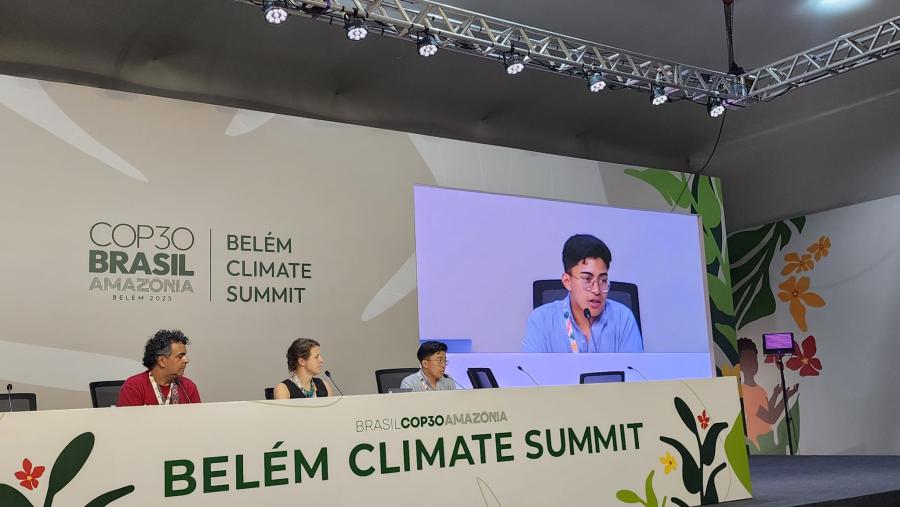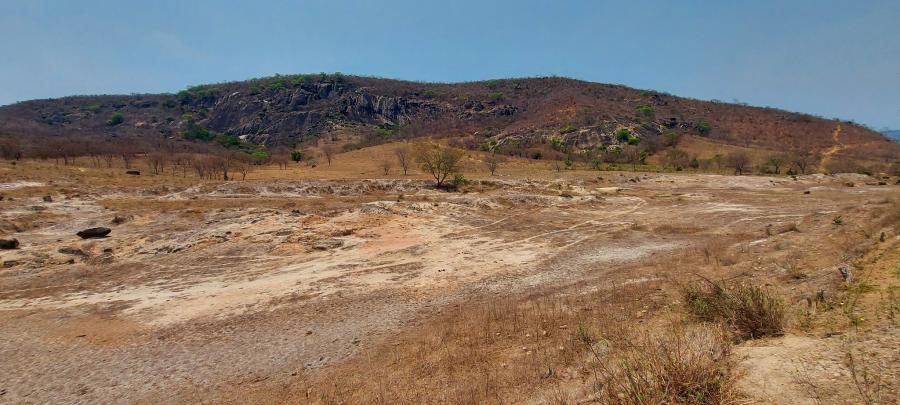The Losses * Inappropriate logging and farming have so devasted the rain forest on the Philippine island of Ormoc that it no longer functions as a natural flood barrier. In November 1991, a flash flood left over 3,000 dead and 20,000 homeless. * During the three years after golf was discovered on Yanomami territory in Brazil, 50,000 gold hunters flooded the land, killed and raped yanomami people, poisoned their water with mercury for gold-mining, and brought diseases to which they had to no natural immunity. One Yanomami died daily until the miners were expelled in 1990. * World Bank and African Development Bank loan will helps the Cameroon government "develop" 90 percent of the primary rain forest in the southern part of the country and create and maintain parks there excluding human habitation. Baaka and Bakola "pygmies," who have lived there for generations, can only win recognized land rights by abandoning their semi-nomadic lifestyle. * Despite coordinated efforts by the indigenous peoples of Sarawak, Malaysia, to halt logging in their rain forests, destruction continues 24 hours a day. Protestors have been subject to police intimidation and harassment: since 1987 over 400 have been arrested and imprisoned. Thousands more have been forced into squid settler camps. * Indonesia plans to log three-fourths of the rainforest home of the Mentawa people, to move 40,000 newcomers to their island, and to forcibly modernize their dress, homes, and religion.
The Victories * Brazil's new constitution grants broader rights to Indians than any other in the hemisphere. The Nucleus for Indigenous Rights, an organization of Indians, lawyers, and rights activists, drafted the sections on indigenous peoples and monitors Brazil's government to ensure that it upholds the letter and spirit of the constitution. * In 1984,Indian organization in Peru, Ecuador, Colombia, and Brazil formed the Coordinating Body for the Indigenous Peoples' Organizations of the Amazon Basin. COCIA is a powerful voice for its members, presenting their concerns, addressing rights abuses, and developing solutions to common problems. * The Kuna of Panama have formed the first internationally recognized forest park created by an indigenous group. The reserve protects vital watersheds, safeguarding the Kuna's agricultural economy. The reserve also brings in revenues from tourists and scientists and fosters the Kuna cultural heritage. * The new Dzanga-Ndoki National Park and Dzanga-Sangha Dense Forest Special Reserve in the Central African Republic help conserve the region's tropical rain forest and support the traditional lifestyle of the indigenous Baaka. Not only will the Baaka receive two-thirds of park revenues, but they can practice traditional hunting, agroforestry, and selective logging in the park and reserve. * In 1992, African, Asian, and American rainforest groups met in Malaysia to forge an international alliance. Their first statement, "Charter of the Indigenous and Tribal Peoples of the Tropical Forests," presents a unified, comprehensive approach to resisting threats to rainforest people and their lands.
Article copyright Cultural Survival, Inc.


